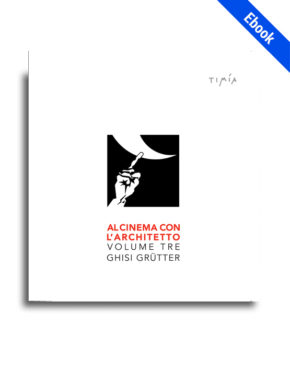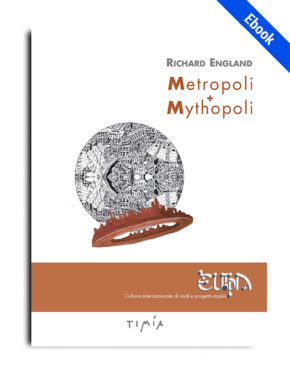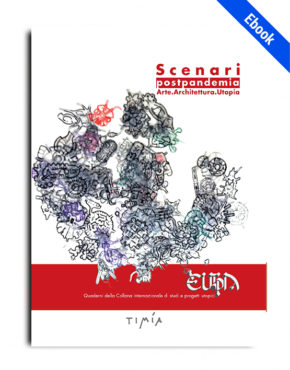Aleardo Nardinocchi
(Rome, 1974-2015) was a deep artist. Until his premature demise, he was a painter, architect and lecturer at the Faculty of Architecture at Roma Tre University. He considered design as finding the spatial relationships between the peoples walking the earth, told to us in the complexity of Myth. These wanderings, like deep footprints; the morphology of places marked by the very space they take possession of, and the recognition of their features, are essential components. If there are no relationships woven by the paths taken, there is no story, and the signs are disordered and inappropriate. There is no more landscape. Aleardo expressed this though his projects, his teaching – always related to design – and his painting. Traces of it appear in the book Sotto il paesaggio (Prospettive, 2013), which he wanted to leave as an intense testimony to inescapable anthropic traces.







